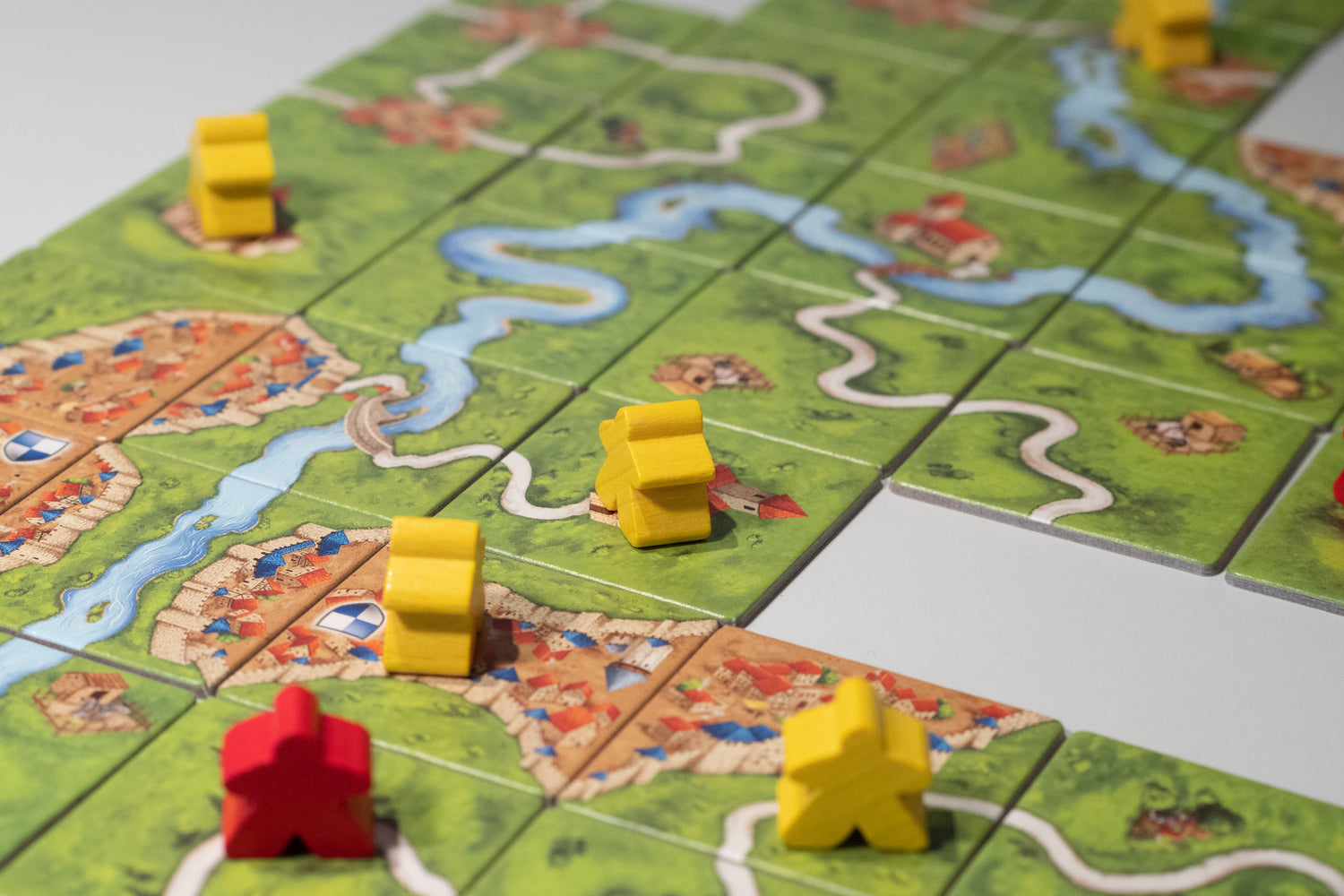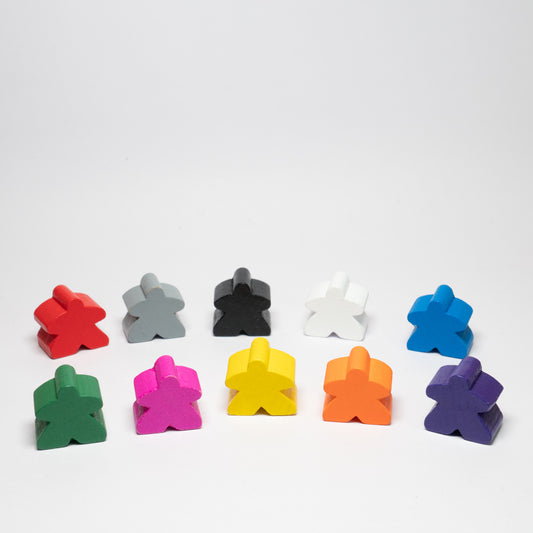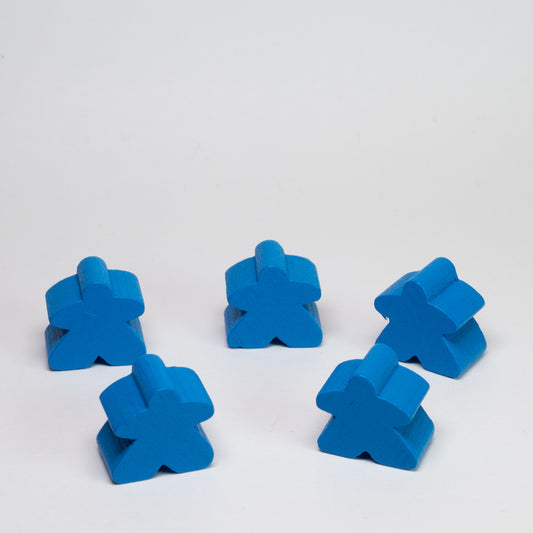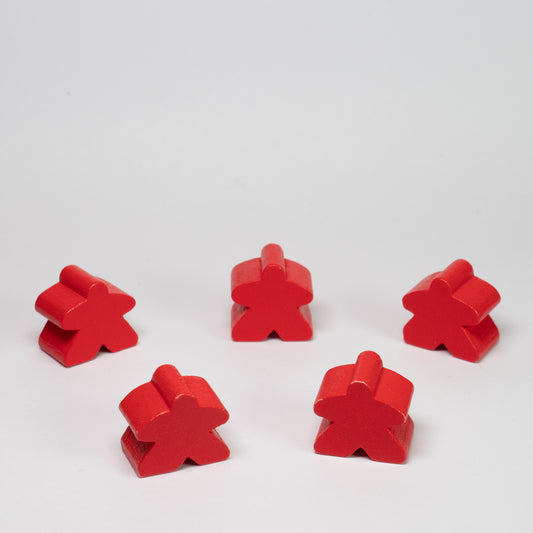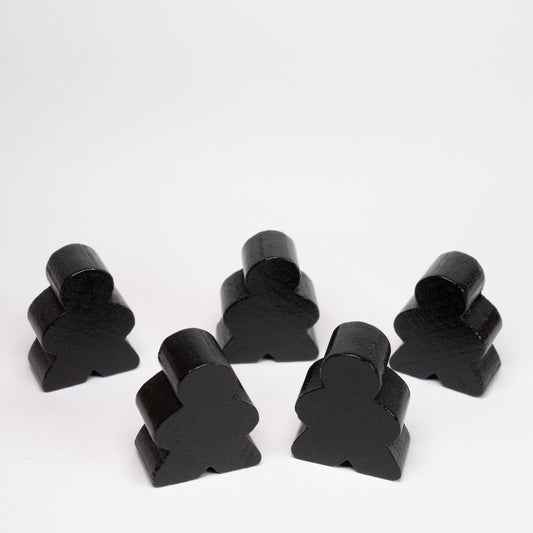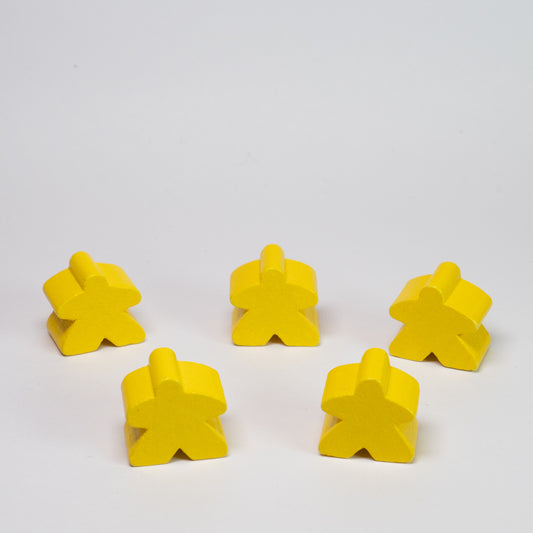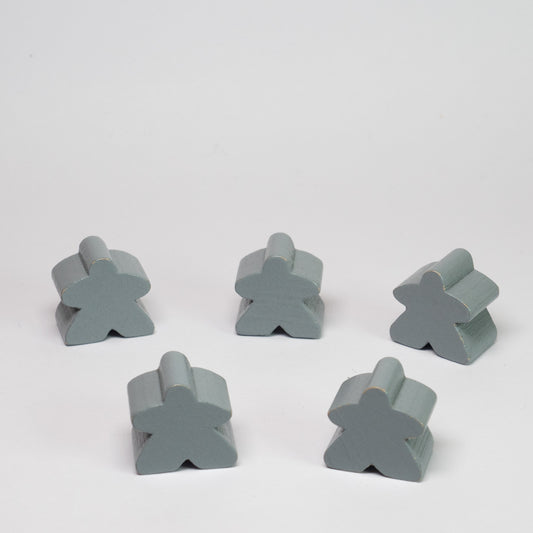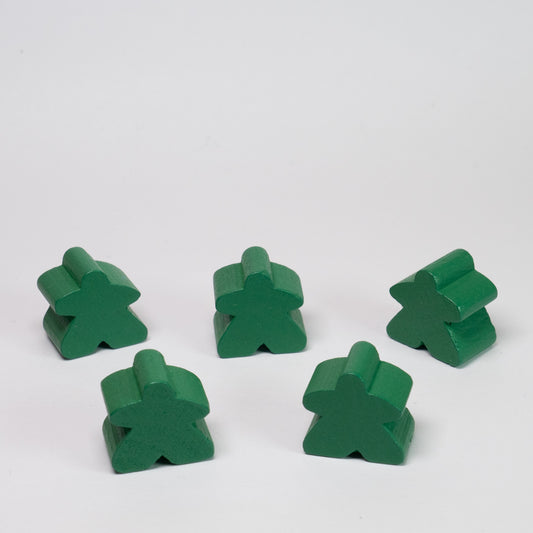Carcassonne Introduction
There are as many different types of board-game as there is a type of person who plays them. And, especially in the last decade or so, the boardgames world has seen a massive increase in the number of people joining its ranks. For every person who loves the denseness and complexity of a historically accurate re-enactment style game, there is one who prefers a more straight-forward and perhaps abstract take on an idea. Carcassonne leans more towards the latter category but like any great game, it balances this straight-forward approach with a wealth of opportunity for strategic and tactical play.
You can't beat a classic
And Carcassonne is a great game, in fact, it is considered a classic in the board game world. Created in 2000, it is a tile-laying type game for 2-5 people, easily understood by players of 7 years and up and most games can be played in well under 45 minutes. This blend of ease of play, completion time, accessibility and strategy is the reason why it has numerous awards to its name. Whilst many players will be turning to the newer, just-released games that everyone is talking about, it is worth remembering that games pick up the term "classic" for a reason.
The Lay of the land
The game takes its name from a medieval French city, famed for its fortifications and role in well-known military campaigns of the time and the tiles that make up the play area depict the landscape of the region.
From an initial starting tile, the players take it in turns to gradually build the landscape, one of fortifications, religious locations and roads in an ever-growing map which is different every time you play. Tiles must be played so that features link in a logical fashion. If the tile has a road running through it must link to an existing road, similarly city walls to existing city walls and so on.
Will of the Meeple
Each player has eight person-shaped tokens known as Meeples. These are how you interact with the game board and each other. Think of these as player-characters, if you come from an RPG background, units, if you are are familiar with miniature wargames, or pawns for fans of games such as Chess.
One of the Meeples is used to note your score on a separate tracker-board, the other seven are used to move about the landscape of the Southern French countryside as built via the expanding tiles.
As you lay a tile, you take a turn and place a Meeple on the map. Depending on where you place it, it becomes a certain type of character. Place it on a Road and it becomes a Highwayman, in a City, it would become a Knight
Scoring
As features on the board become complete, you start to build your score. For example, once a Road links two settlements, be it a City or a Village, any Highwayman on that road scores points. Similarly once a City is complete, that is, has a fully encompassing wall, the Knight can score points.
Additionally, if you draw a Monastery tile, you can place your Meeple on it to make it a Monk. Monks score once the Monastery is surrounded by all eight adjoining tiles.
Once you have reached the point where that Meeple has scored a point or more, this is recorded on the tracker and your Meeple is returned to your playable pool.
The exception to this approach of removal from the play area once you have added to your score is the Farmer. As well as laying your Meeples on specific features - a Road, a Monastery, a City - you can place it on any area of greenery outside that location. This turns it into a Farmer. Farmers remain on the board throughout the game and score at the end of the game based on how much Farmland they control.
Tactics
The tactical element of the game kicks in right from the start. With only seven to work with, players quickly run out of playable Meeples, with them hanging out in yet to be completed cities and roads with no destination. And whilst you are trying to complete these features so that you can score points but more importantly return your Meeples to your pool so that they can be played again, your opponents are doing everything they can to thwart your plans.
There is only so much land
Players continue taking turns, laying tiles to build a landscape advantageous to them, playing Meeples, hopefully scoring and redeploying their counters until there are no tiles left to play. Once this happens it is time to reckon up and find a winner.
Whilst the score tracker will give you an idea of who is winning, something that will cause various shifting allegiances to form and dissolve as fortunes change, during play, once the final tile is laid, players calculate their Farmers scores and add that to the existing total. If you haven't been keeping an eye on your opponents' pastoral activities, this might make for a few surprising changes in position.
And then it is as simple as the highest score wins.
Final thoughts
And there it is. Straightforward but strategic, easily understood but with enough flexibility that you are playing against the other players rather than the game rules, which is often a a drawback with more complex games. There is also an element of luck, but as always it is all about making the best of the hand, or in this case tiles, that you are dealt,
The components are robust and of good quality, the artwork, whilst simple is also attractive, giving the impression of a medieval map.
And again, like any good game, there are several expansion packs available that allow you to add a few more rules and tile types to the game. Everything from Abbot's scoring through being on Garden tile to a pack which sets the game area alongside a major river. There are even sets that take the rule structure and place the game in different environments, such as the Star Wars universe!
Easy to learn, simple to teach and perfect for people new to board games, of almost any age. It is also a great go-to game for when you don't have hours available for a more time-sensitive game or if your RPG session ends unexpectedly early.
As I said, it's called a classic for a reason!
Written by: Dave Franklin

